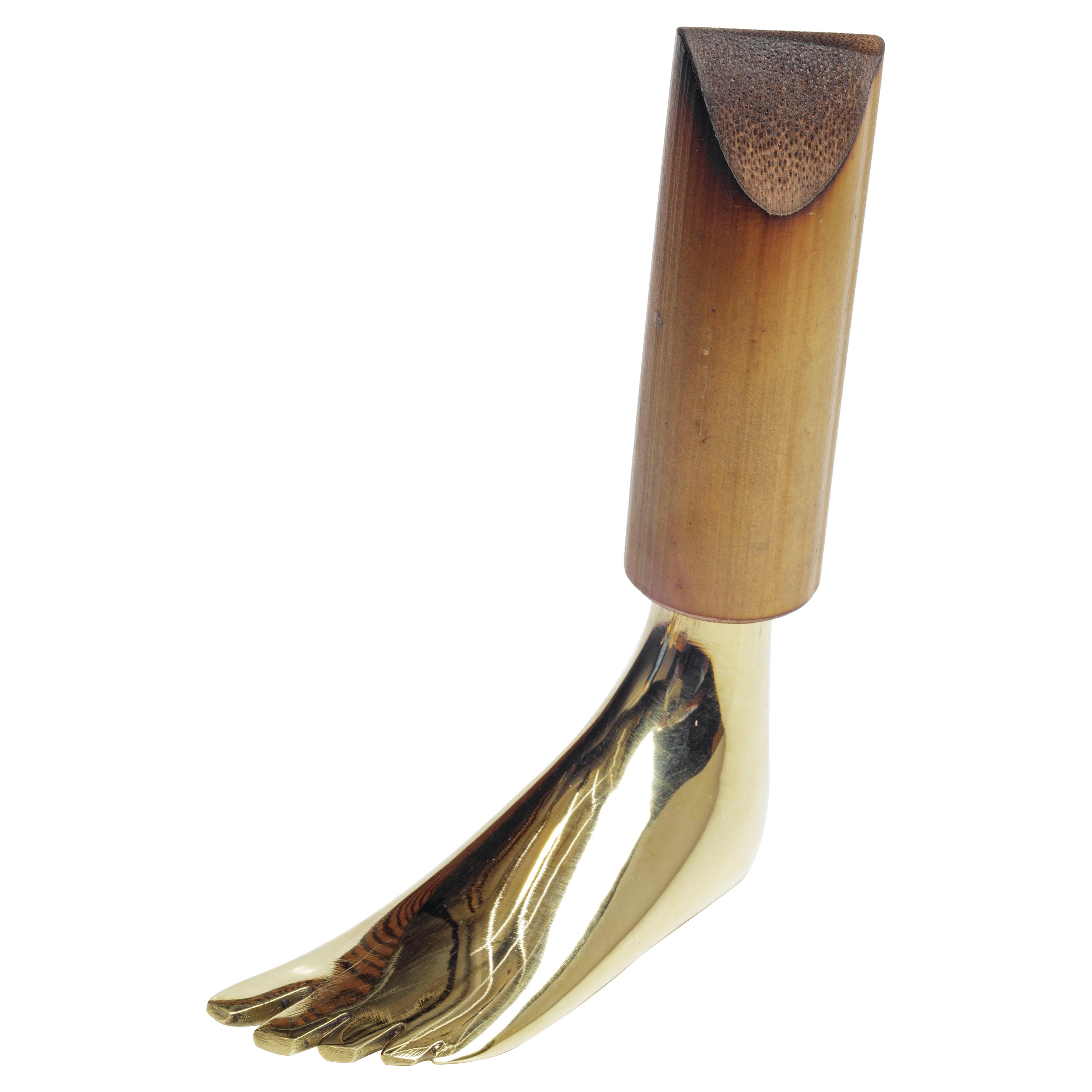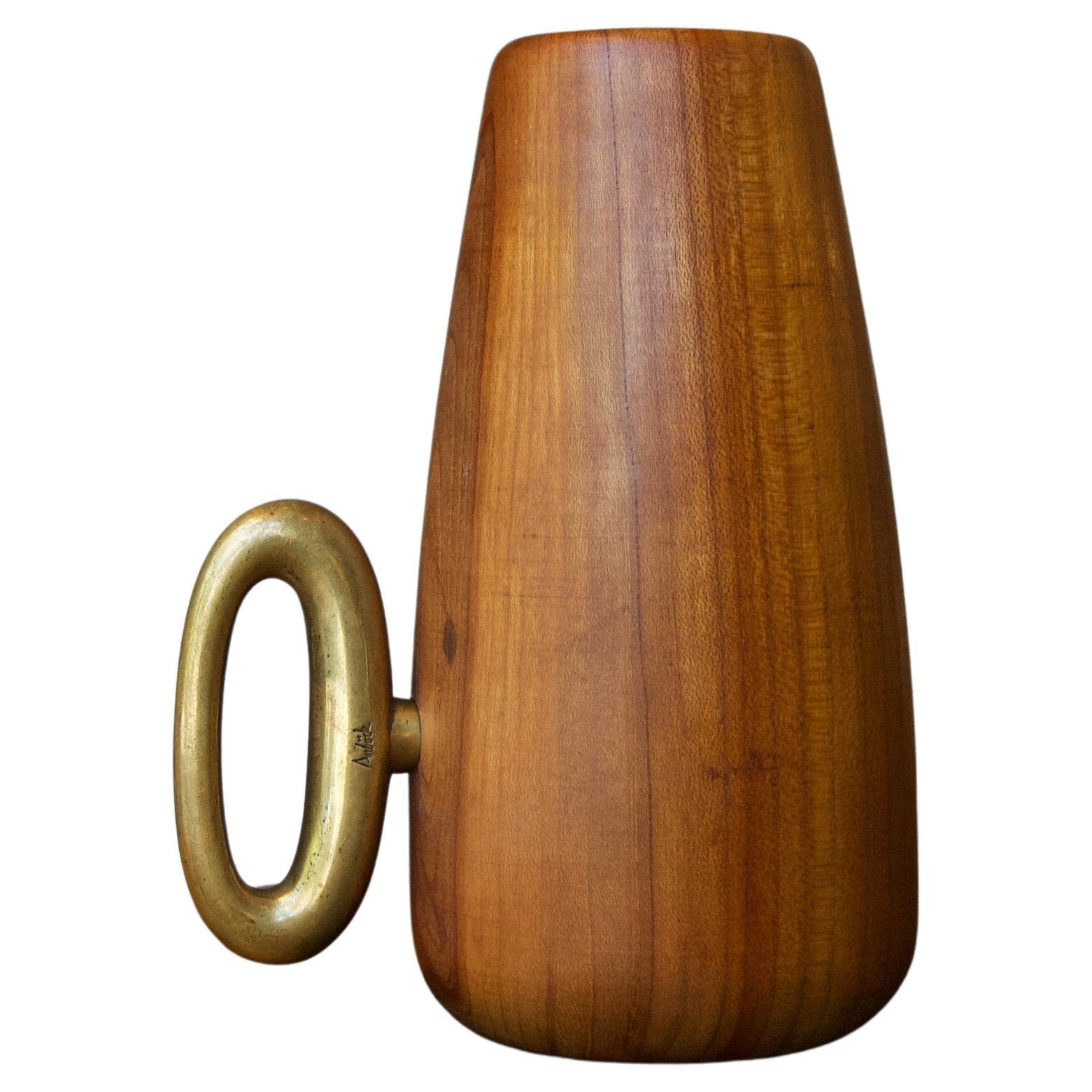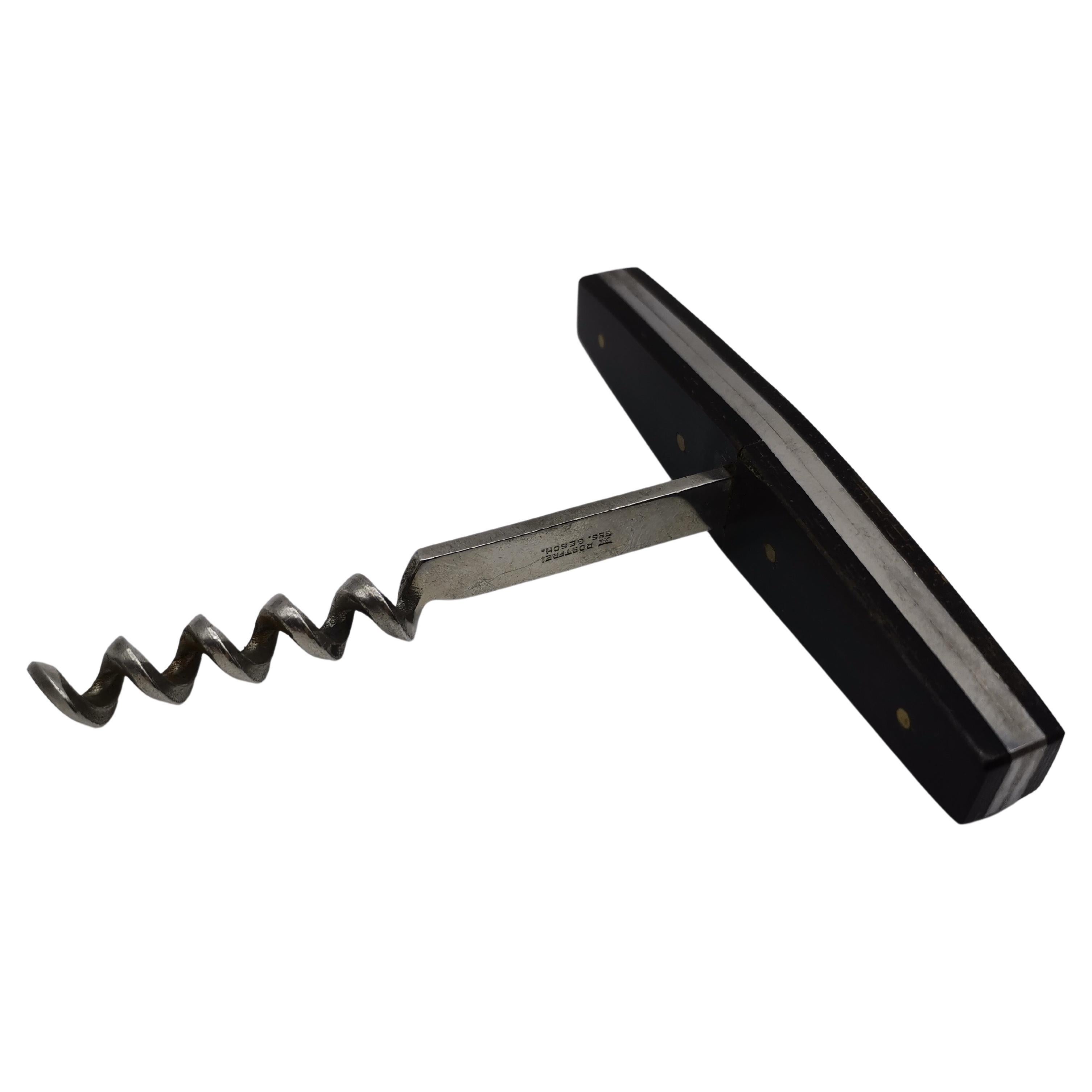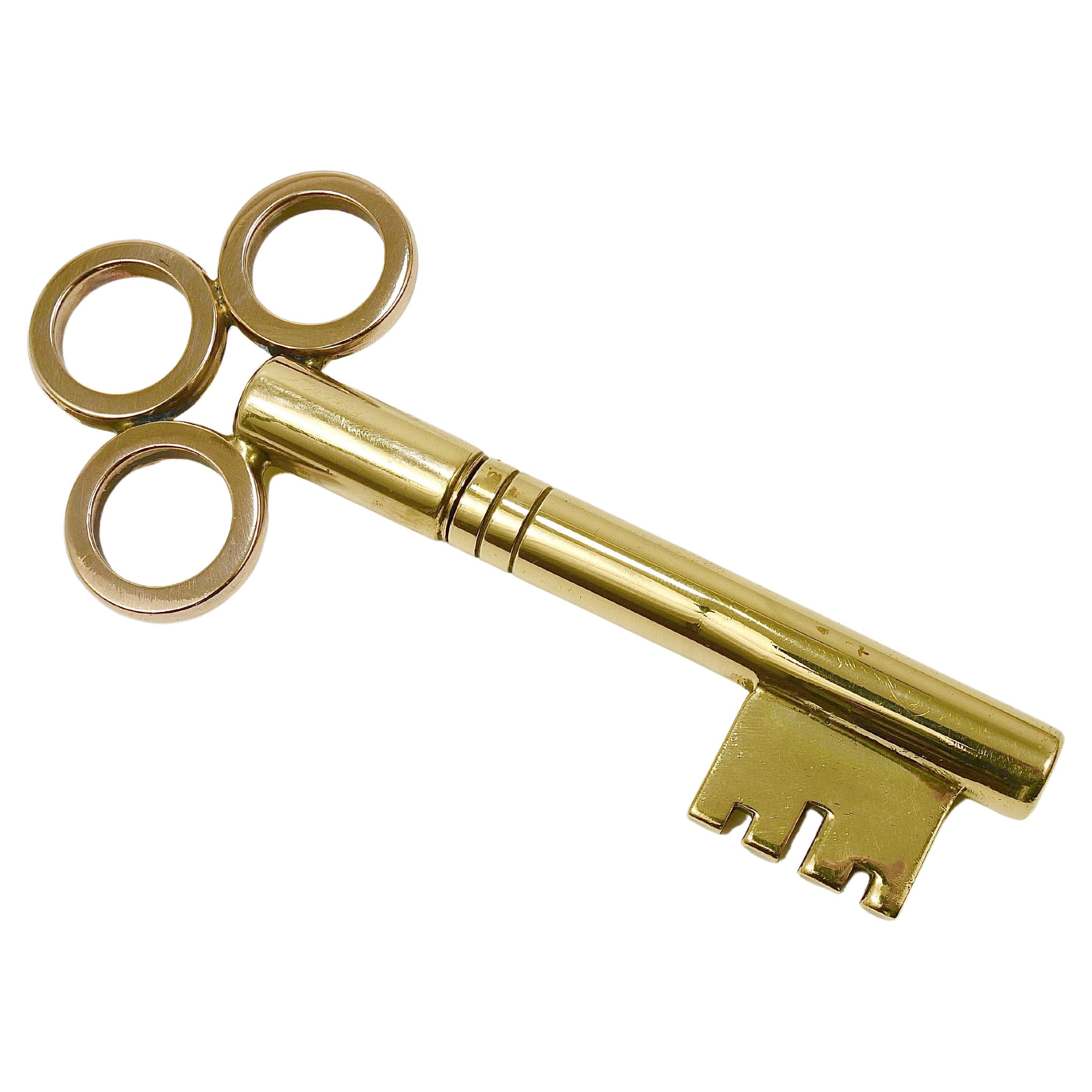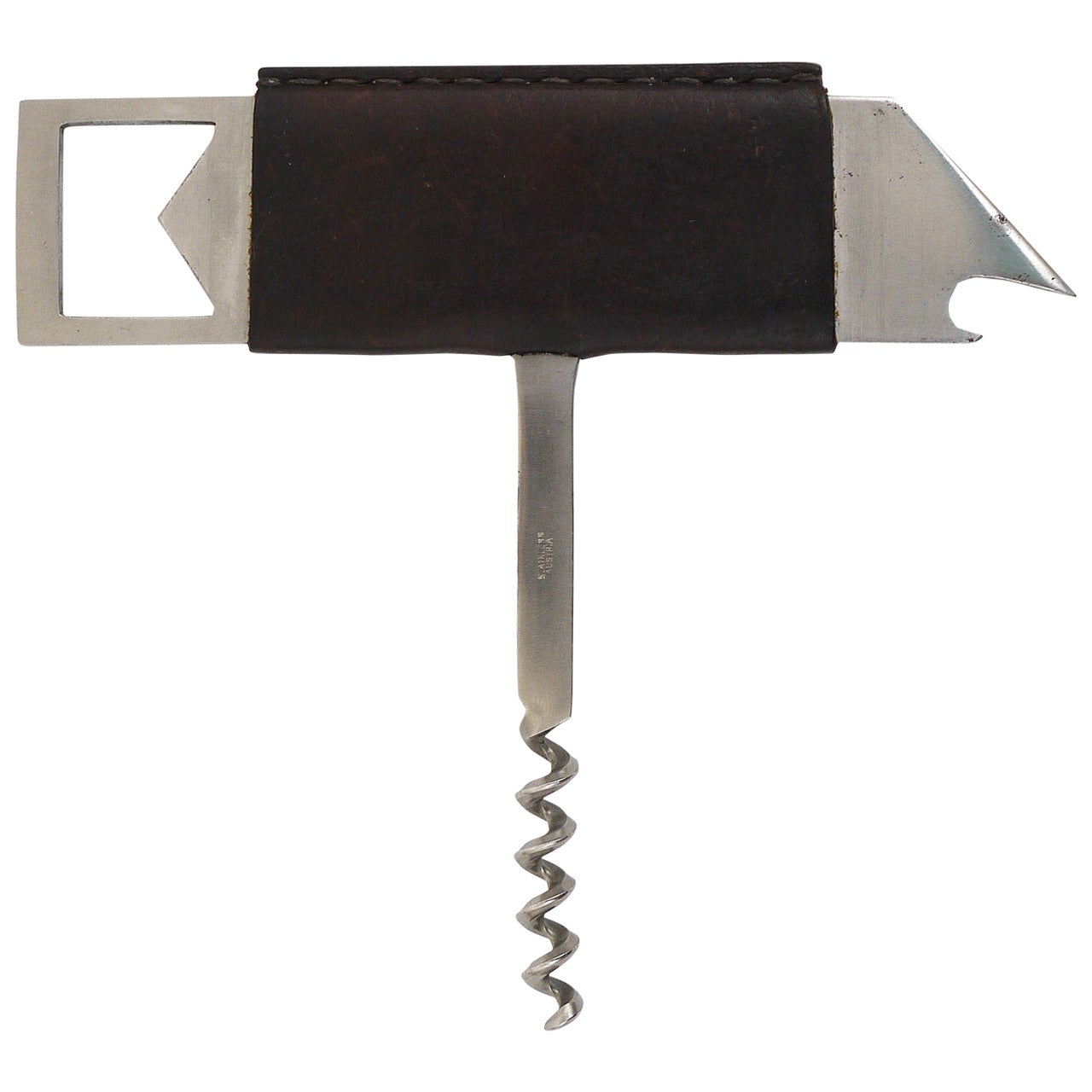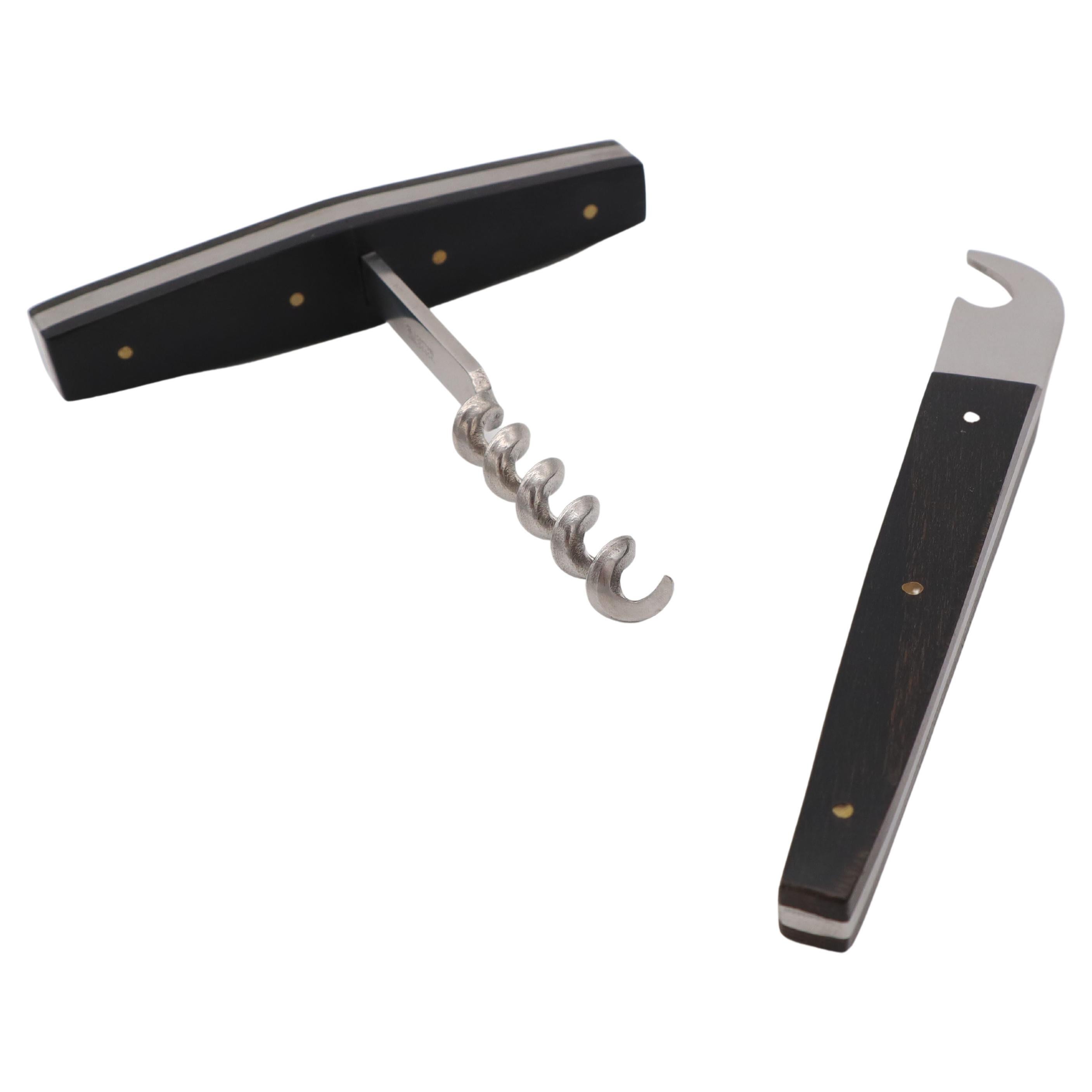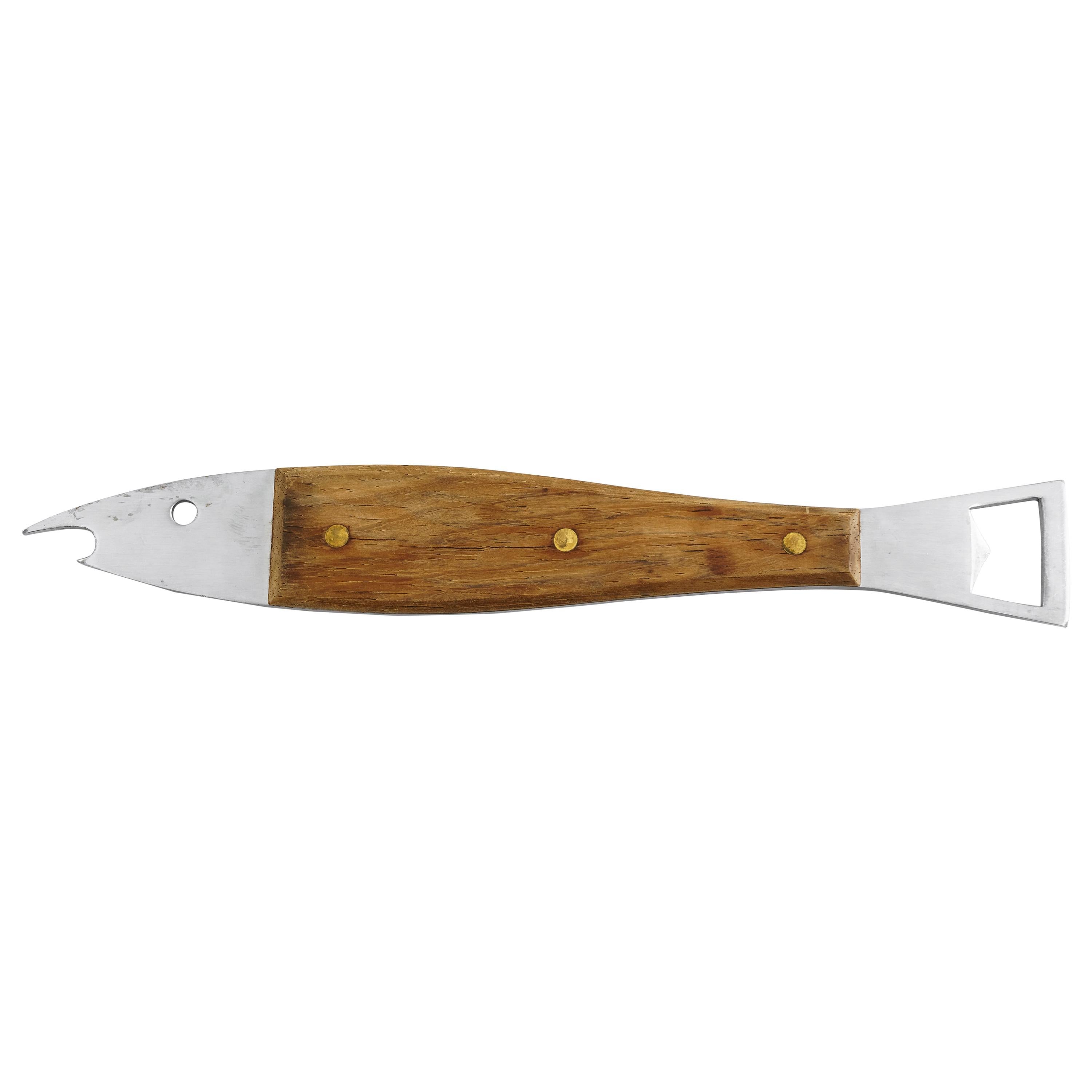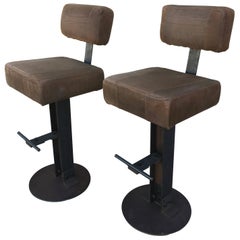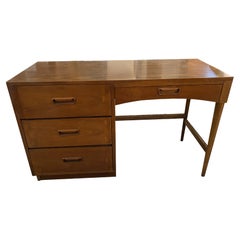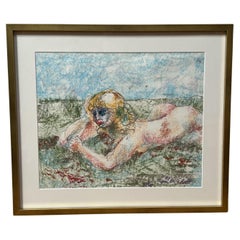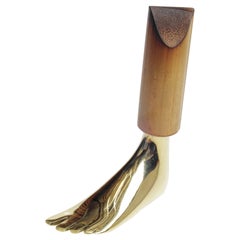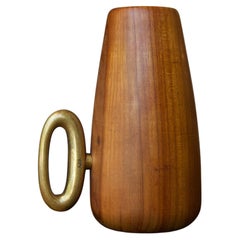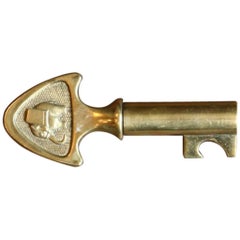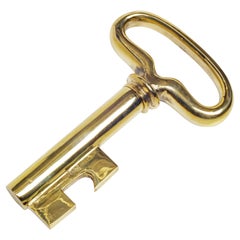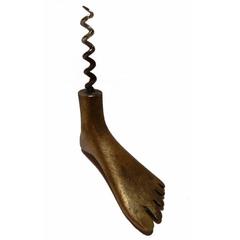
Foot Shaped Corkscrew by Carl Auböck
View Similar Items
Foot Shaped Corkscrew by Carl Auböck
About the Item
- Creator:Werkstätte Carl Auböck (Designer)
- Dimensions:Height: 4 in (10.16 cm)Width: 3.5 in (8.89 cm)Depth: 1 in (2.54 cm)
- Materials and Techniques:
- Place of Origin:
- Period:
- Date of Manufacture:1950s
- Condition:
- Seller Location:Pasadena, CA
- Reference Number:1stDibs: LU82587580663
Werkstätte Carl Auböck
In Vienna’s Neubau district, a beautiful Biedermeier townhouse has been home to the Werkstätte Carl Auböck for more than 100 years. Inside the workshop, where production continues to this day, countless objects line the shelves, walls, tabletops and desktops.
The Viennese artist and designer Carl Auböck II was one of the quirkiest and most delightful and collectible of modern designers. A rather odd duck in the world of decorative arts, he was a peculiar talent whose specialties included smaller desk accessories and tabletop pieces such as corkscrews, paperweights, letter openers, bookends and bottle stoppers. He rendered these pieces in a combination of metal — most often brass — and such elemental materials as leather, knobby wood and animal horn, creating forms that could be almost Surrealist, from hands and feet to keys, birds and amoebae.
As a boy, Auböck was precocious and artistic. He studied drawing and at the same time trained in the workshop of his father, Karl Heinrich Auböck, a popular maker of traditional bronze figurines and collectibles. In 1919, Carl II went to Germany to study at the Bauhaus, where he was a pupil of the progressive artist and theorist Johannes Itten. While the Bauhaus is most associated with the rigidly ordered, functionalist architecture of its directors Walter Gropius and Ludwig Mies van der Rohe, the school was in reality a liberal, spirited place — a crucible for imaginative, playful and avant-garde art and design. It was this spirit that imbued Carl II’s work from the time he left in 1921.
In 1922 or ’23, Carl Auböck II returned to Vienna to help care for his ailing father, and he took over the business. He created the Werkstätte Carl Auböck and a legacy that earned his objects cult status among collectors. The business was passed on to his descendants, who run the atelier that is still in operation today. Today, objects designed by Carl II make up 90 percent of Werkstätte Carl Auböck’s production, joined by the creations of architect and designer Carl IV, his grandson.
Vintage Auböck designs have a special character, a patina that only emphasizes how much the pieces have been loved and used. Carl Aubock II’s small furniture items — leather- or caned-sling magazine racks; free-edge wooden side tables with tubular bronze legs; wicker serving trolleys with turned beechwood wheels — are elegant and purposeful. His bijoux desktop objects, library tools, ashtrays and barware pieces evince a kind of mirthful practicality. They seem to ask: “If you need a corkscrew, or a paperweight, or a candlestick, why not make it fun as well as functional?” And indeed, why not?
Find a collection of vintage Werkstätte Carl Auböck mirrors, seating, tables, decorative objects and other furniture on 1stDibs.
More From This Seller
View AllVintage 1970s American Modern Stools
Steel
Vintage 1970s American Post-Modern Abstract Sculptures
Marble
Mid-20th Century American Mid-Century Modern Desks and Writing Tables
Formica, Walnut
Vintage 1980s American Mid-Century Modern Drawings
Paper, Wood
Mid-20th Century American Mid-Century Modern Drawings
Wood, Paper
Late 20th Century American Decorative Art
Other
You May Also Like
2010s Austrian Barware
Brass, Steel
Mid-20th Century Austrian Barware
Brass
Vintage 1950s Austrian Modern Barware
Brass
2010s Austrian Barware
Brass, Steel
2010s Austrian Mid-Century Modern Barware
Brass, Steel
Vintage 1950s Austrian Barware
Metal
Recently Viewed
View AllRead More
Carl Auböck IV Builds on His Family Legacy — One Brass Object at a Time
In his workshop in Vienna, the fourth-generation artisan crafts the most covetable creations.
Why This L.A. Designer Prefers Soulful Sophistication over Snobbism
Mallery Roberts Morgan practices a singular brand of creative fluidity as a writer and a quietly influential interior designer.
